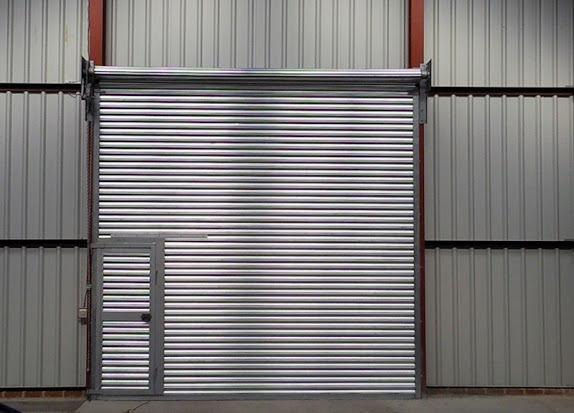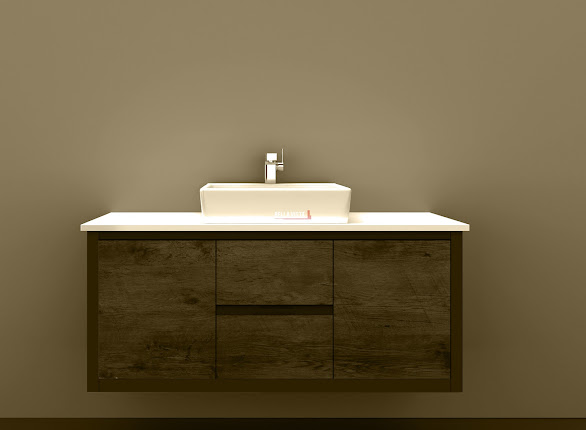Better Anatomical Knowledge Of Commercial Roller Doors Will Provide Better Knowledge
The anatomy of the commercial roller doors is a complex matter and therefore when you work on it, make sure you are confident and know what you are doing. Most of these roller doors and shutters have several parts and components some of which are very delicate, especially if the doors have automatic operational features. This is why it is all the more necessary to have a piece of extensive knowledge about it and be abreast with the latest developments.
Roller doors component parts:
Here is a brief description of the different components that you will find in commercial rollers doors and shutters:
- Plate: there are two load breaking cheek plates that hold the curtain of the roller in place. These plates are also known as end plates and are secured to the building structure with strong fixers to withstand the full load of the shutter.
- Post: This is the vertical angle or top of the guide where the cheek plates are welded and are also secured to the building structure. This provides additional support to the shutter and also helps in its installation.
- Assembly: This is the entire ensemble of the roller that includes the shutter curtain held in place by the full-width roller. This is supported at both ends with the cheek plates. The roller itself has a steel tube that contains the tubular motor at one end and the shaft at the other.
- Tubular motor: All modern commercial roller doors come with a tubular motor that is fitted usually into the overhead barrel assembly of the shutter. The motorhead protrudes from the barrel that incorporates the manual override eye. There is an electrical wire feed along with a pair of limit switches. These switches control the travel distance of the shutter curtain.
- Brake: Apart from the operational brake of the motor that holds the shutter stationary in its upper position, there is a safety brake as well. This is a centrifugal brake that arrests the descent of the shutter when the operational brake of the motor fails to hold the shutter stationary. It also brings the shutter to a complete halt when it descends at an uncontrolled speed. To set the brake back to normal an experienced shutter engineer is required. A few models may also come with a micro-switch. This switch disconnects the motor from the electrical supply in case of emergencies.
- Bearing: Also known as a U- cup, this is fitted with the cheek plate when a safety brake is not fitted. This bearing supports the barrel.
- Guides: Usually designed in ‘U’ shape, there are two guides fitted on both sides to act as the path of the curtain when it runs up or down.
- Curtain: This is the entire material that covers the area between the two guides. Usually made from aluminum or steel lath, these are interlocked together.
There are also 'T' shaped or 'L' shaped bottom rail for additional rigidity and an optional canopy cover to protect the curtain and barrel from rain and dust.




Comments
Post a Comment